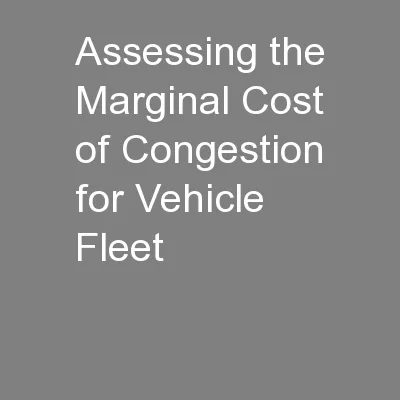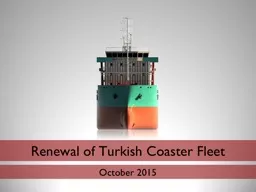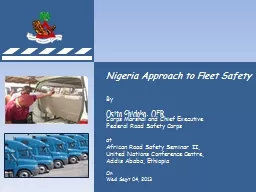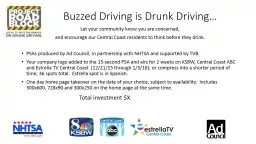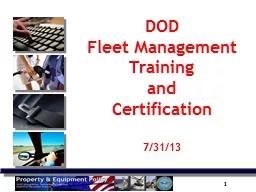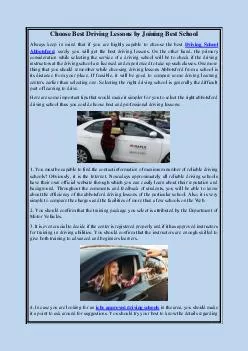PPT-Best Practices for Developing Green Fleet Driving Safety Pr
Author : natalia-silvester | Published Date : 2017-11-01
Greg Cupper EcoFleet Training Solutions A Division of Logical Training Solutions LLC Modesto CA Company Overview Modesto based educationtraining with No California
Presentation Embed Code
Download Presentation
Download Presentation The PPT/PDF document "Best Practices for Developing Green Flee..." is the property of its rightful owner. Permission is granted to download and print the materials on this website for personal, non-commercial use only, and to display it on your personal computer provided you do not modify the materials and that you retain all copyright notices contained in the materials. By downloading content from our website, you accept the terms of this agreement.
Best Practices for Developing Green Fleet Driving Safety Pr: Transcript
Download Rules Of Document
"Best Practices for Developing Green Fleet Driving Safety Pr"The content belongs to its owner. You may download and print it for personal use, without modification, and keep all copyright notices. By downloading, you agree to these terms.
Related Documents



